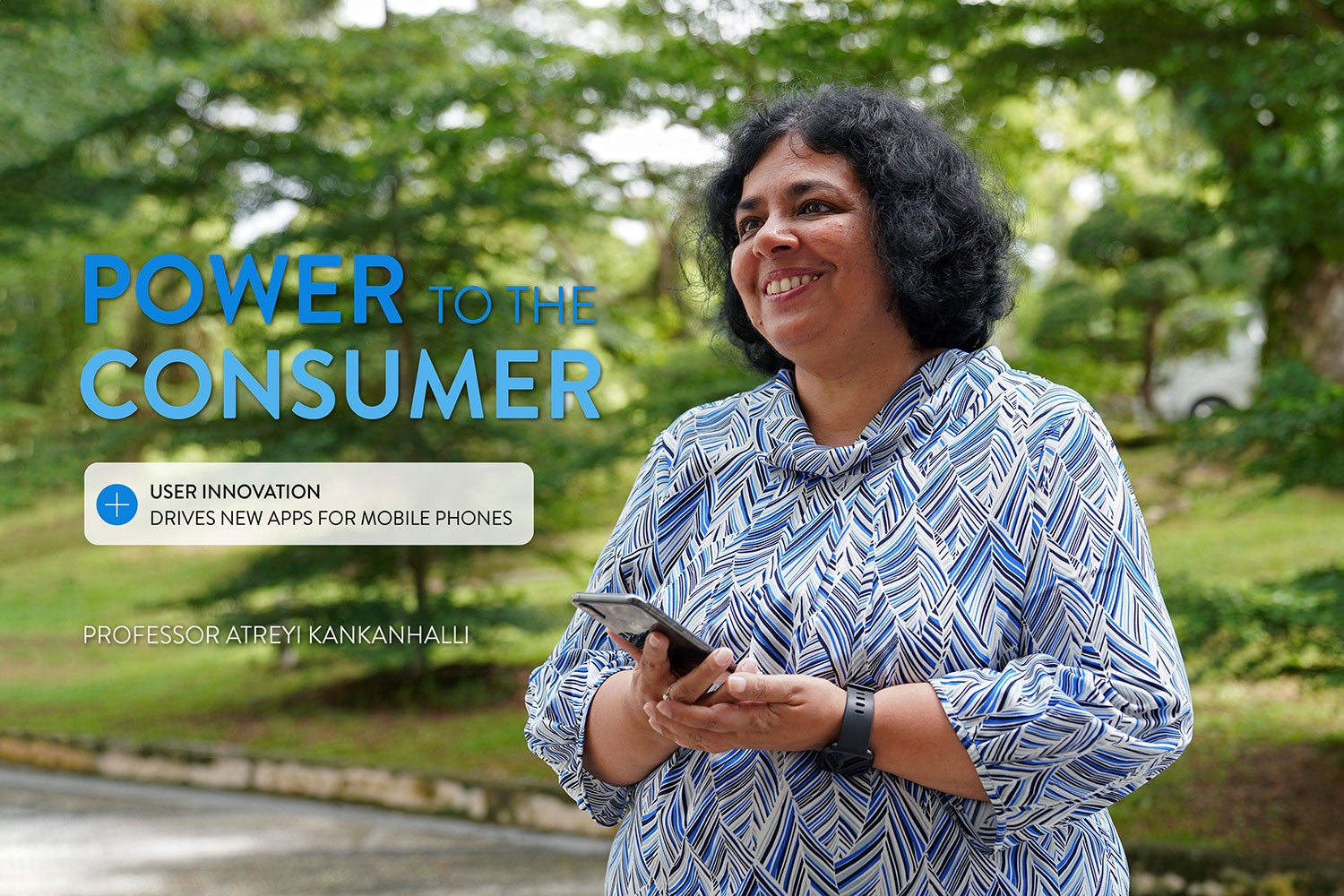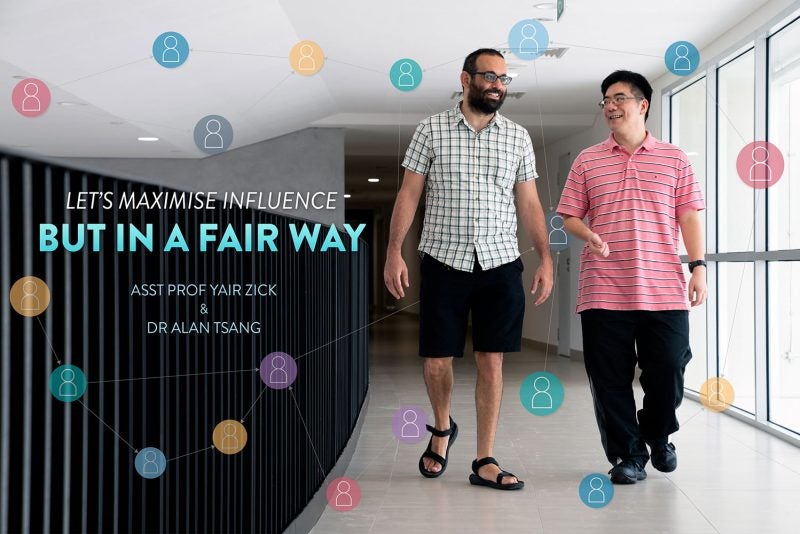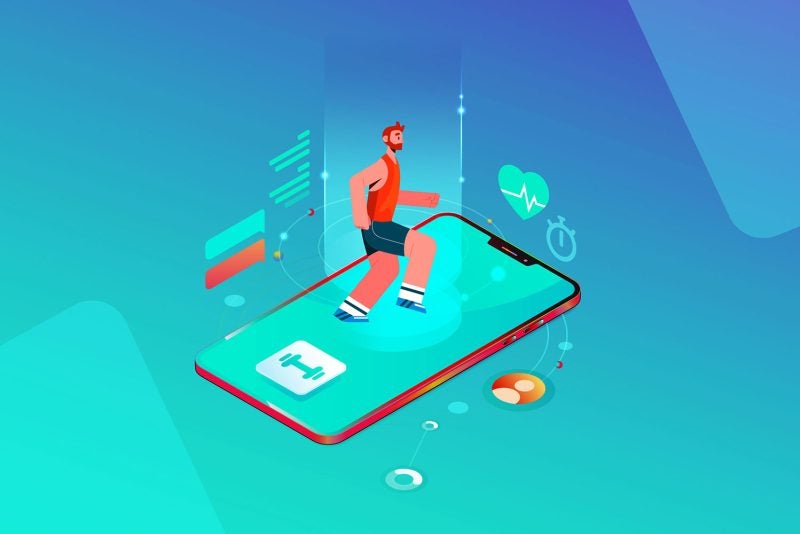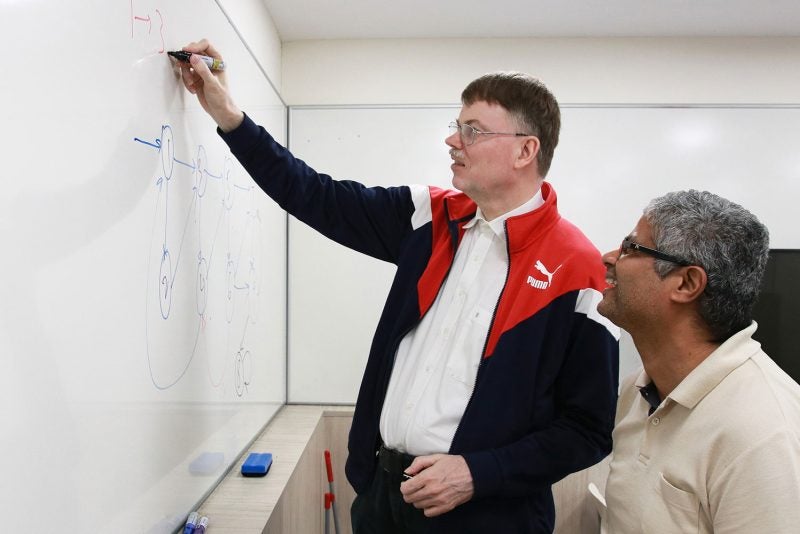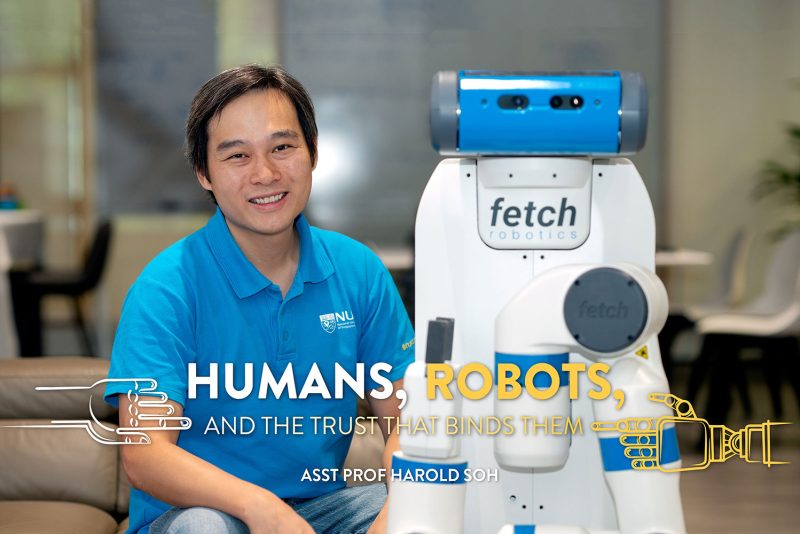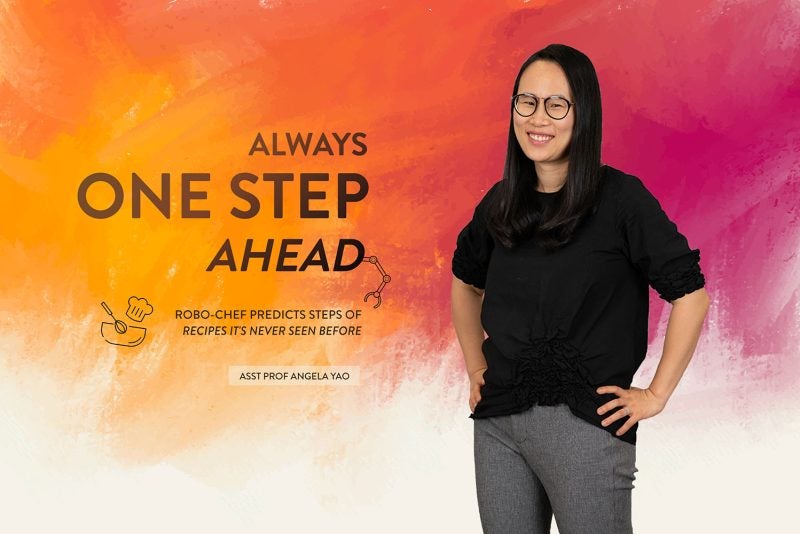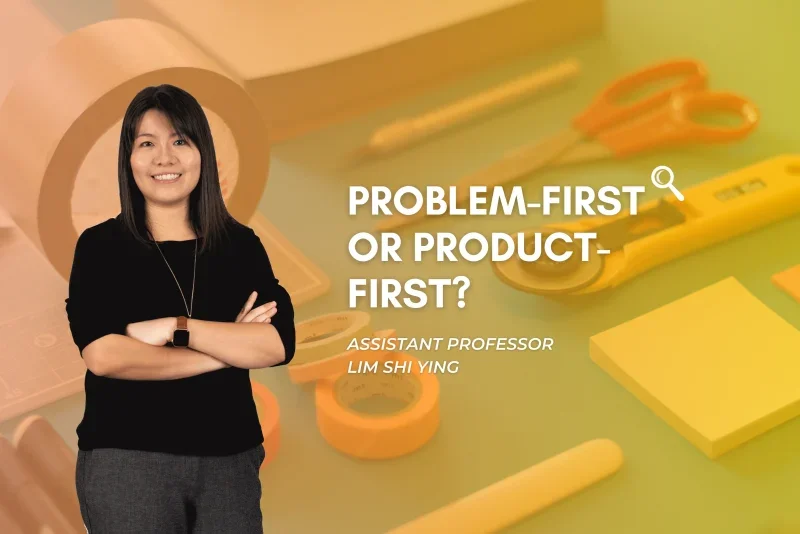In 1958, a curious sight began appearing on the sidewalks of California. People were taking apart roller skates, attaching them to the underside of wooden planks, sometimes boxes, and whizzing down the streets.
The new craze was called sidewalk surfing, and it marked the birth of modern day skateboarding. It’s also a classic example of user innovation — when people invent things without involving the producers, driven to fulfil their unmet needs rather than trying to make a profit. The early skateboards were created by surfers as a way to have fun on land in their downtime, when the waves weren’t big enough to ride.
Throughout the years, users have participated in the invention of new products, creating everything from novel sports to new manufacturing tools. Earlier studies suggest that between 19 to 76 percent of creations in various fields can be attributed to user innovators. Today, that innovation has transcended into the digital realm, with users creating all sorts of mobile phone apps to enhance and transform the way they use the Internet — whether it’s searching for information, carrying out online banking and shopping, or playing games, among other things.
The market for mobile services is a huge and rapidly growing one, reporting revenues of nearly US$70 billion in 2015. It’s a figure that’s expected to more than double by next year.
“There’s a lot of talk about digital innovation these days,” says Professor Atreyi Kankanhalli from the Department of Information Systems and Analytics at the NUS School of Computing.
It was only a matter of time before users would start creating mobile phone apps, says Kankanhalli, who studies the factors impacting user innovation. “With mobile phones becoming so prevalent and the market for mobile phone applications being very competitive, the need for innovation becomes all the more important.”
Everyone’s a winner
User innovation is a win-win for all parties involved. Firms should champion it because creating new products and services can be both risky and expensive — an idea may seem brilliant at the design stage but flop upon entering the market because “the mobile phone producers themselves may not know what users actually want,” says Kankanhalli. Getting customers involved in the innovation process can help save money and generate novel ideas. More importantly, they provide ideas that can meet customer needs.
“Users are better able to understand their own needs,” she says. “So from a user’s point of view, it is very beneficial to seed more innovation as it implies that they will have access to better products and services. And for platform designers, it’s important because they can discover what will attract users.”
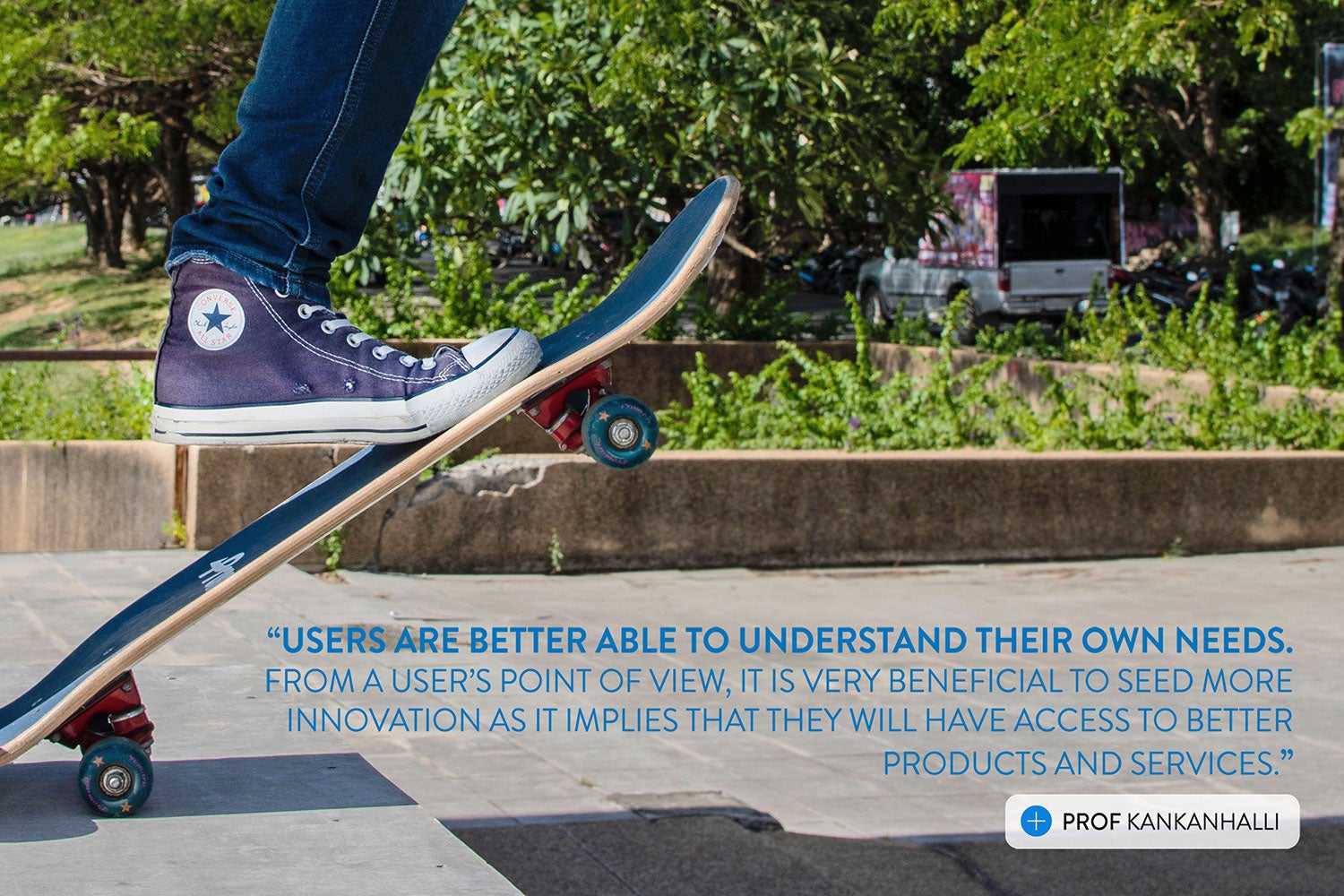
The trick is in the tools
To enable such innovation, firms like Apple and Google provide platforms and online toolkits that allow users to create new apps for their mobile phones. The toolkits, such as Apple’s XCode and Google’s Android Studio, are designed to be as easy to use as possible, allowing users to develop apps without being programming wizards.
Toolkits support user innovation in two main ways, says Kankanhalli. “They help users explore innovation ideas and they help reduce innovation effort.” With the tools provided, users are guided along all stages of app development, from design and development through to debugging, testing and publishing.
But facilitating user innovation is easier said than done, with many interplaying factors influencing the process and affecting the outcome.
This is where Kankanhalli’s research comes in. Roughly four years ago, Kankanhalli and Hua Ye, her then PhD student, began examining the factors that drive users to innovate mobile apps. In particular, they were interested in three sets of factors.
Three-way interactions
“We wanted to look at the user characteristics, i.e. ‘lead userness’, as well at the autonomy and tools that the platform provides,” explains Kankanhalli. “And then look at the interactions between these three sets of factors to see how they affect the actual innovation that takes place on the platform. This is because the factors do not operate independently of each other in affecting user innovation.”
In other words, the researchers wanted to ask the following questions: How does a firm’s innovation toolkit encourage idea exploration and ease the innovation effort? How do the policies of the platform affect the freedom or autonomy that user innovators experience with regard to making decisions, scheduling innovation work, and determining their work method? How do lead users — those individuals who are ahead of other consumers in terms of identifying, articulating, and creating solutions to their needs — drive innovation? And finally, how do the toolkit, policy, and user factors interact in driving innovation?
Their approach was groundbreaking because “normally only two-way interactions are modeled and tested,” says Kankanhalli. “Understanding what three-way interactions are is conceptually challenging enough …but in this study, we were able to propose and test multiple three-way interactions.” It implies that not only does the relationship between a factor and the outcome depend on a second factor, but also that the effect of the second factor depends on a third factor.”

To carry out their research, Kankanhalli and Ye approached more than 150 user innovators through online forums. They surveyed participants about the iOS and Android platforms they used to create mobile apps, and supplemented the results with archival data — data about the actual apps or innovations the participants had created on the two platforms.
“The nice thing was that after three months we were also able to collect data about the actual quality and quantity of innovation. It wasn’t just survey data we had… we could see how many and what kind of innovations each of the people we surveyed had produced after three months. So that made our data quite rich,” says Kankanhalli.
Synergistic Conditions for User Innovation
Analysing their results, the researchers found that nearly all factors and interactions that they had proposed actually impacted user innovation. The only exception was scheduling autonomy (i.e. the freedom people have to schedule or time the innovation work they do), which did not impact innovation quantity on its own. Various three-way interactions proved to be positively related to innovation quantity, for example lead userness, exploration, and decision-making autonomy as well as lead userness, ease of effort, and scheduling autonomy.
“It’s only when you have all three conditions (lead userness, toolkit support, and design autonomy) coming together that you get the benefit of producing more innovations. And it’s only the specific combinations which we proposed that will do that,” says Kankanhalli.
“There’s a synergistic effect of all three things,” she says. “If you have a lead user who has tools that are easy to use or allow exploration of ideas, this coupled with the rules of the platform that allow people to schedule their work autonomously or decide the kind of work they want to do autonomously…then these three will have a synergistic effect.” Thus, it makes sense for organizations to engage their users or customers in their innovation process and provide them with the appropriate tools and autonomy to do so.
Kankanhalli and Ye published their findings last year in the MIS Quarterly. The response generated by the article “has been quite rewarding for us,” reflects Kankanhalli. “A paper published in this journal has on average five to six citations. Our paper already has 13 citations and it was only published last year, so I think it’s had a good impact.”
Today, Kankanhalli continues to explore the topic of user innovation, and more broadly digital innovation. She says: “Really understanding how innovation happens, how to facilitate it, and how to involve users is very compelling.”

